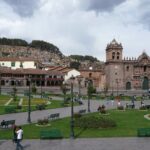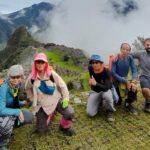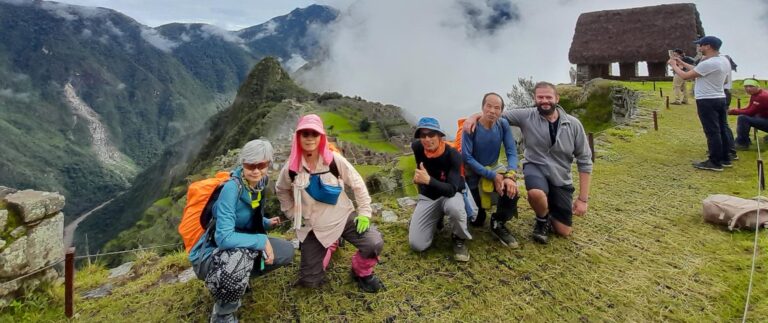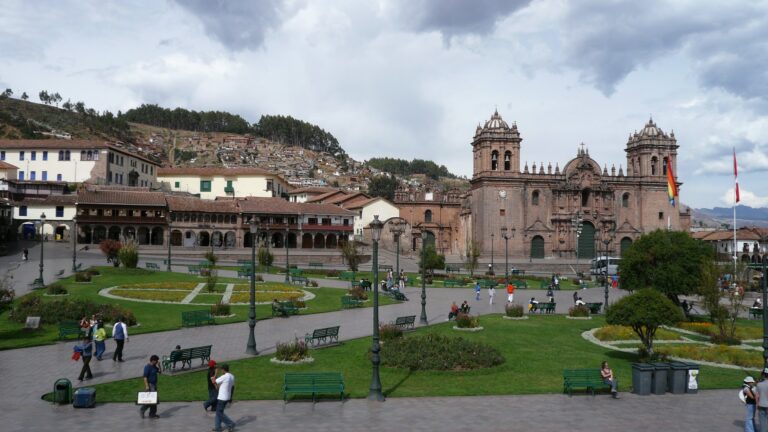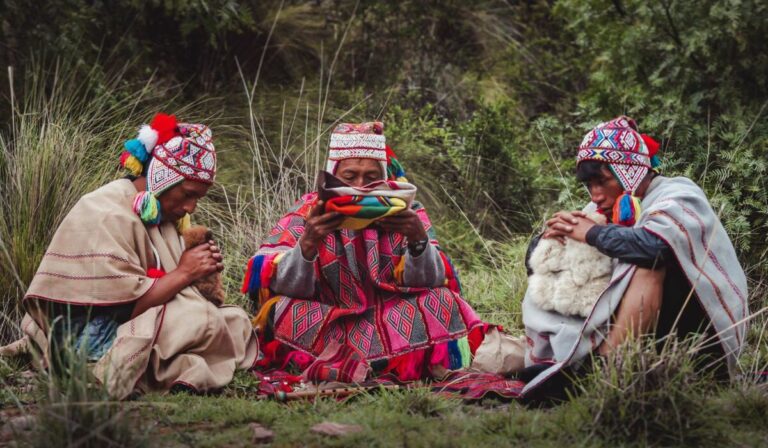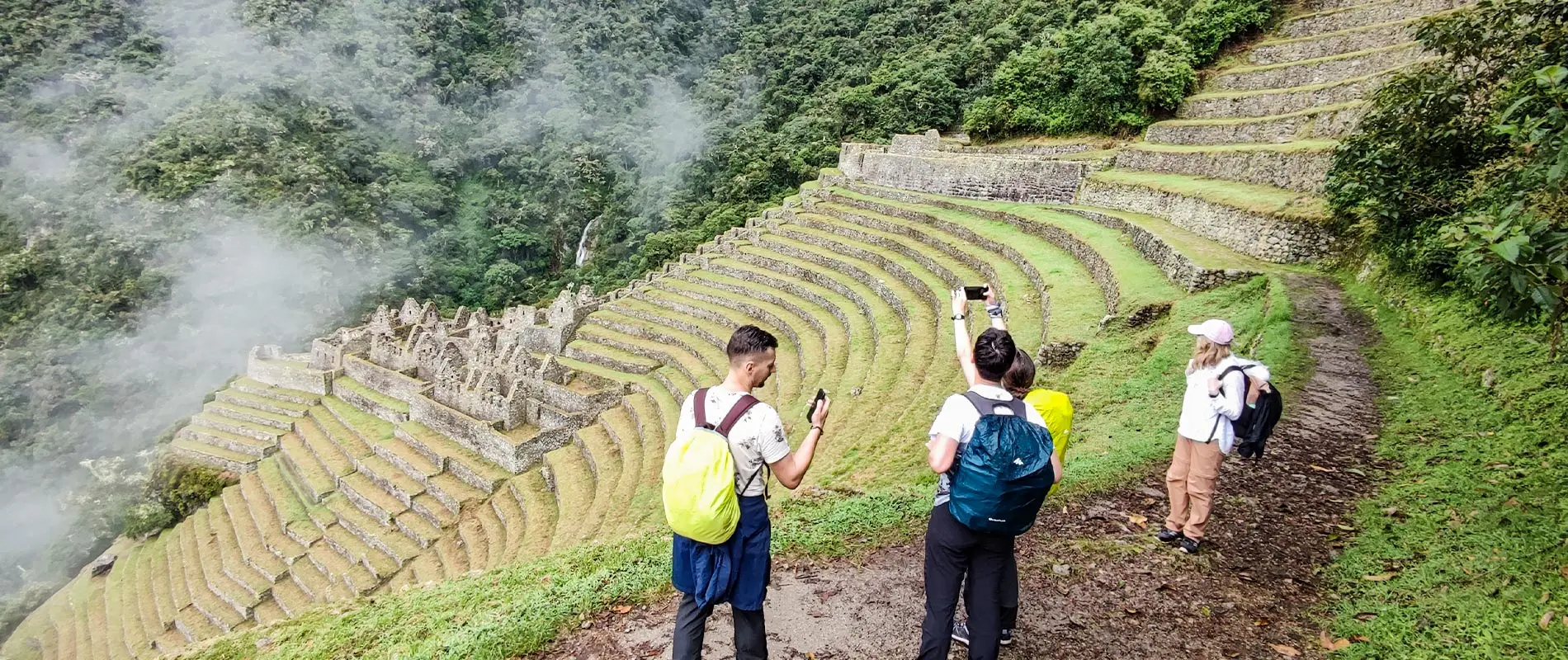
The Inca Trail to Machu Picchu is the most sought after and busiest hike in Peru. This is because along the way see many grand impressive Inca ruins and have the experience of seeing Machu Picchu for the first time from the Sun Gate. Another option if you havent got time or the desire to hike the 4 day trek, is the Short Inca Trail. On this short trail, see the highlights of the Inca Trail, here we cover what these highlights will be to help you decide if this is the best hike for you.
The hike starts at the km104 trailhead where you will pass through the control. The first site you will see is Chachabamba, thought to have been dedicated to the worship of water because of the many baths and water channels found there. Later in the hike come to a beautiful waterfall. Here we have a chance to rest and eat a snack or maybe even take a dip in the small pool at the bottom of the waterfall. Further on arrive at the most impressive ruin of the Inca Trail, Winay Wayna.
Hear from your guide about the many different theories that surround the site, for example Winay Wayna was a agricultural production site, supplying the area with food. This theory is because of the terracing you will see.
After leaving Winay Wayna hike to the famous Sun Gate, this site was the entry to Machu Picchu in ancient times. See Machu Picchu for the first time and take in the impressive views that lay before you. Finally walk down to the Guard house, the site of the best photos of Machu Picchu.
Why hike the Short Inca Trail?
Some do not have the time for the multiday treks but want to experience of the Inca Trail. This is the perfect solution for your Inca Trail adventure. This trail only hikes the last section of the Inca Trail but has the best ruin of the trail, Winay Wayna. Another highlight is you will enter Machu Picchu by the Sun Gate.
***PLEASE NOTE: Often times the classic Inca Trail will sell out but, there is usually availability for the Short Inca Trail.
Highlights of the Short Inca Trail
Discover the 5 main attractions of the Short Inca Trail. But not forgetting the wonderful nature and the magnificent Andes Mountains that will take your breath away. At each site savour your time and ask questions about the history from your knowledgeable guide.
Chachabamba
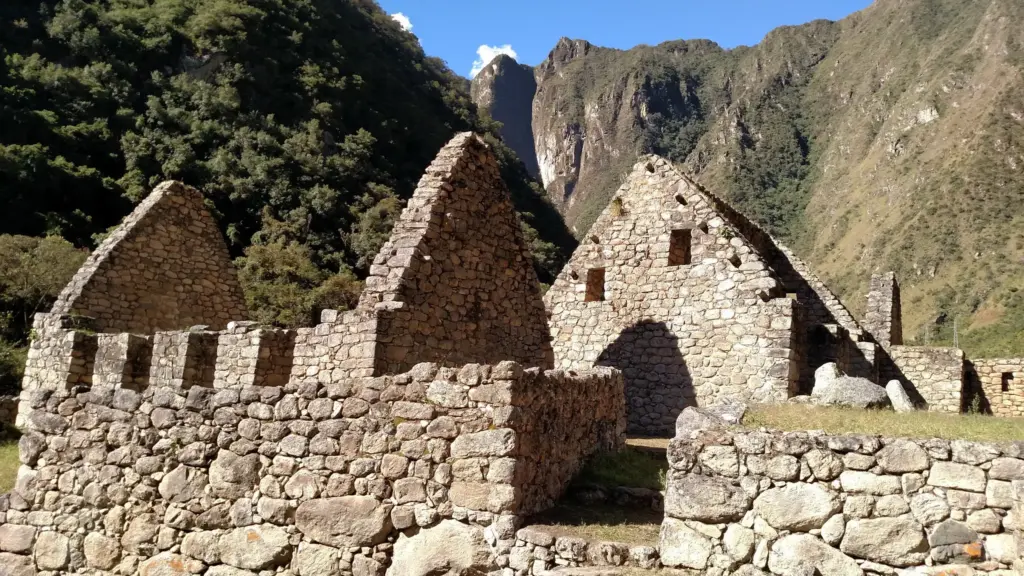
The first stop is the ruin of Chachabamba. As with many Inca sites Chachabamba is a mystery. Many have suggested different funtions. One of the most talked about is that the site was a place of water worship as the site has many water features present.
One of the other suggestions is that Chacabamba was a place to rest for travelers and pilgrims before arrivng to Machu Picchu. It is said that here they would cleanse their bodies before entering the Sacred site of Machu Picchu. The site is a great location for seeing and monitoring travelers on the trail. In 2021 there were some interesting discoveries. Using drones and lazer scanning there detected a series of stone channels and also 2 large patios and 14 more baths all still to be uncovered that remain covered by dense jungle.
The structures at Chachabamba are contructed in the classic Inca style. The roofs of the constructions were most likely made from Ichu, a wild straw. Chachabamba is located in a lush fertile valley, with great views of the landscape.
Waterfall
On the trail to Wiñay Wayna come across a small waterfall feeding a tranquil pool of water below. Take advantage to rest, wash up a bit, and maybe go for a quick dip, this is for the brave remembering that the water will be cold. Make sure to take lots of photos to remember the moment. Have a snack a quick drink of water and get ready for the next part of the hike.
Wiñay Wayna
Winay Wayna is without a doubt the most impressive Inca site on the Inca Trail. The site is said to have been built in the late 15th Century. Most can agree that Winay Wayna was built by the mighty Pachacutec the most famous and powerful Inca.
According to archeologists Winay Wayna served many different purposes. Based on the many terraces and archeological artifacts found, it’s likely the site served as a major agricultural production and storage site for the empire. Its location being so close to Machu Picchu could have meant it served as a final resting point before completing the journey to Machu Picchu. There are around 20 structures ranging from dwellings, storage shacks, to fountains and baths displaying the Incas engineering and planning abilities. Your guide will give you a detailed tour of the site with all its history.
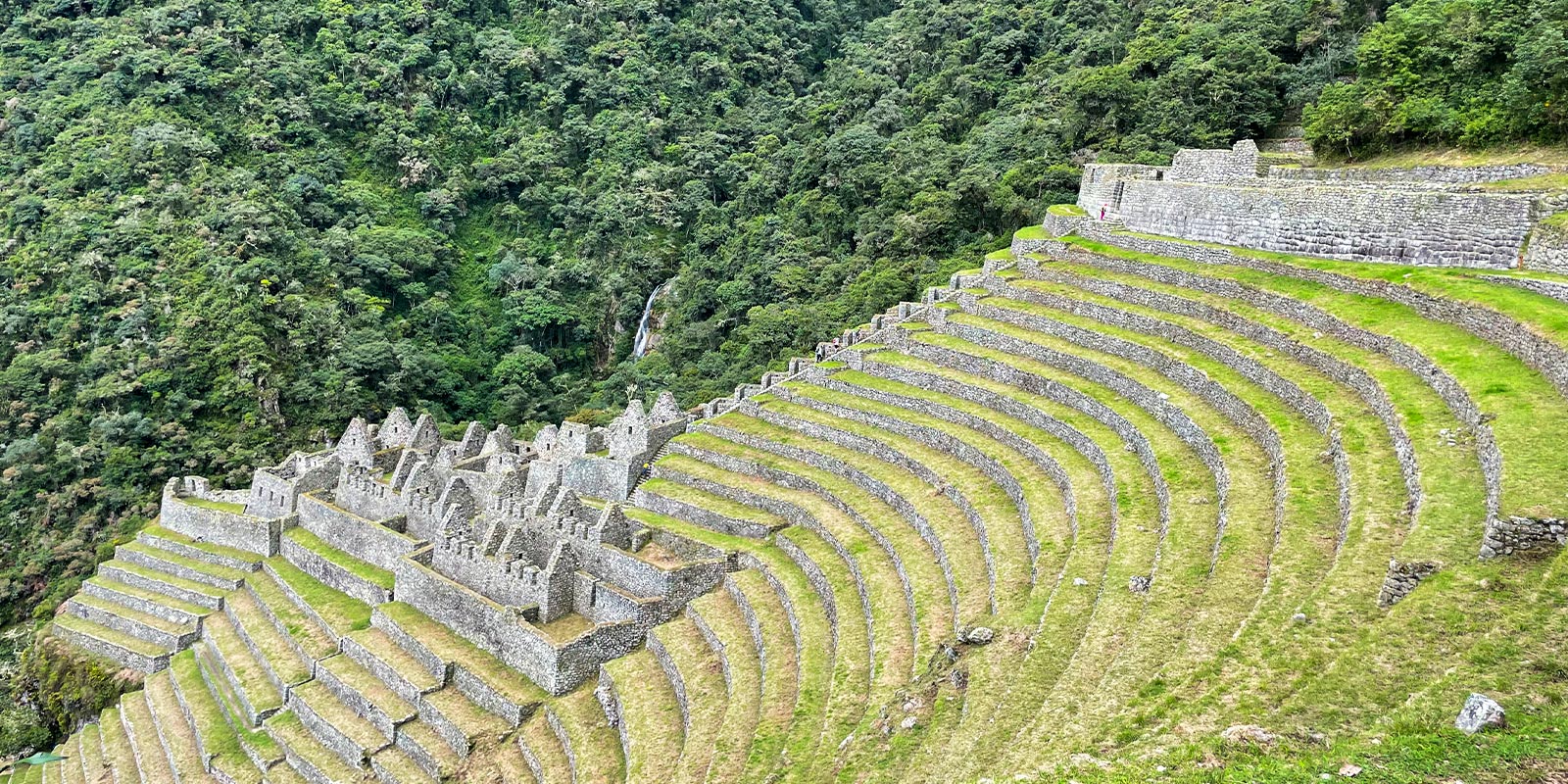
INTERESTING FACT: According to Inca legend a beautiful woman by the name of Wiñay Wayna was turned into an orchid by the gods in order to preserve her beauty.
Sun Gate
During Inca Times the Sun Gate was the main entry to Machu Picchu. This spot was highly guarded by the Inca soldiers, who controlled who entered and who excitied the Inca city. This is considered the most important part of the Inca Trail the Sun Gate is at the end of the Inca Trail. Here is the spot where you will get your first view of Machu Picchu. The view from the Sun Gate are unforgettable. Take plenty of photos to remember your first view of Machu Picchu.
Hiking the Inca trail grants the privilege of entering Machu Picchu through the Sun Gate.
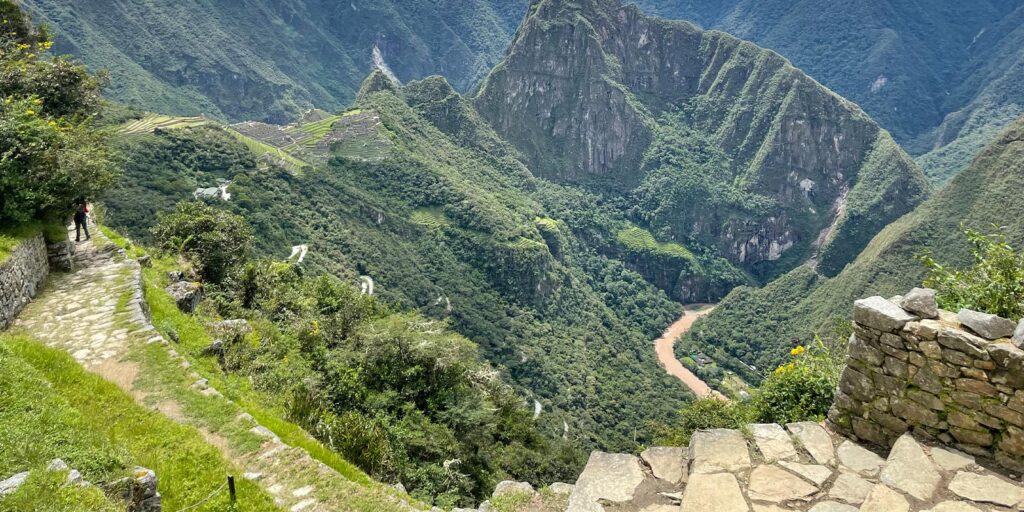
The Guard House
Located in the complex of Machu Picchu, the Guard House served as a lookout point surveying the two entrances, the Classic Inca Trail, Sun Gate entrance, and the entrance from the Vilcabamba Trail. If the Sun Gate is the most famous part of the Inca Trail the Guard House is the most famous part of Machu Picchu. Make sure to get all the pictures you can this may be a once in a lifetime experience.
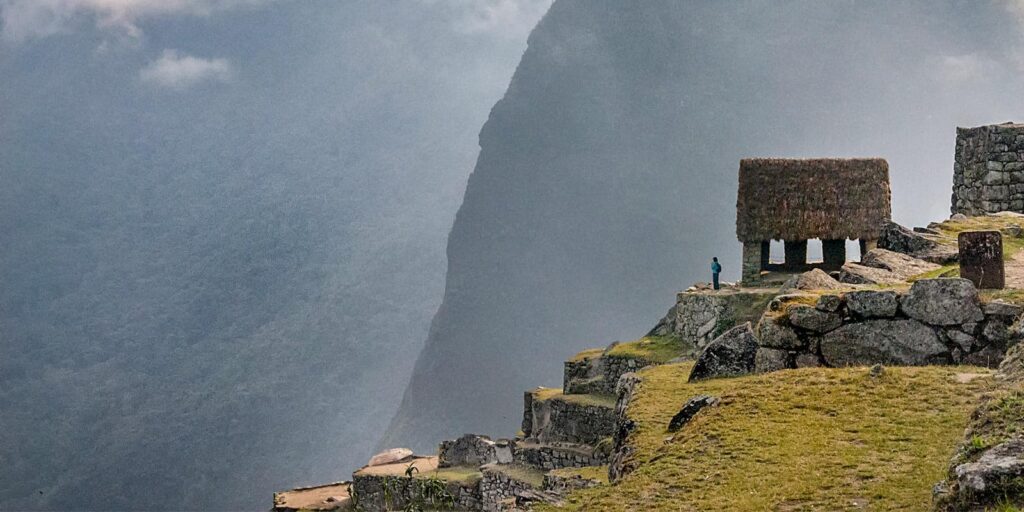
Constructed in Classic Imperial Inca style, the guard house is a three walled structure with a thatched roof. The strategic location of the Guard House made it possible for Inca soldiers to keep an eye on the Citadel and lookout for potential invaders arriving through one of the two entrances. The structure itself is not particularly impressive when you compare to some of the other structures at Machu Picchu. However, the views of Machu Picchu are absolutely unbeatable. The Guard house really is a must see when visiting Machu Picchu.
Flora and Fauna
Because of the amount of people on the trail it’s rare to spot some of the bigger animals while hiking the trail. There are however quite a few different types of birds and many different species of flora. If you’re lucky you may even spot the vibrant red bird the Cock-of-the-Rock.
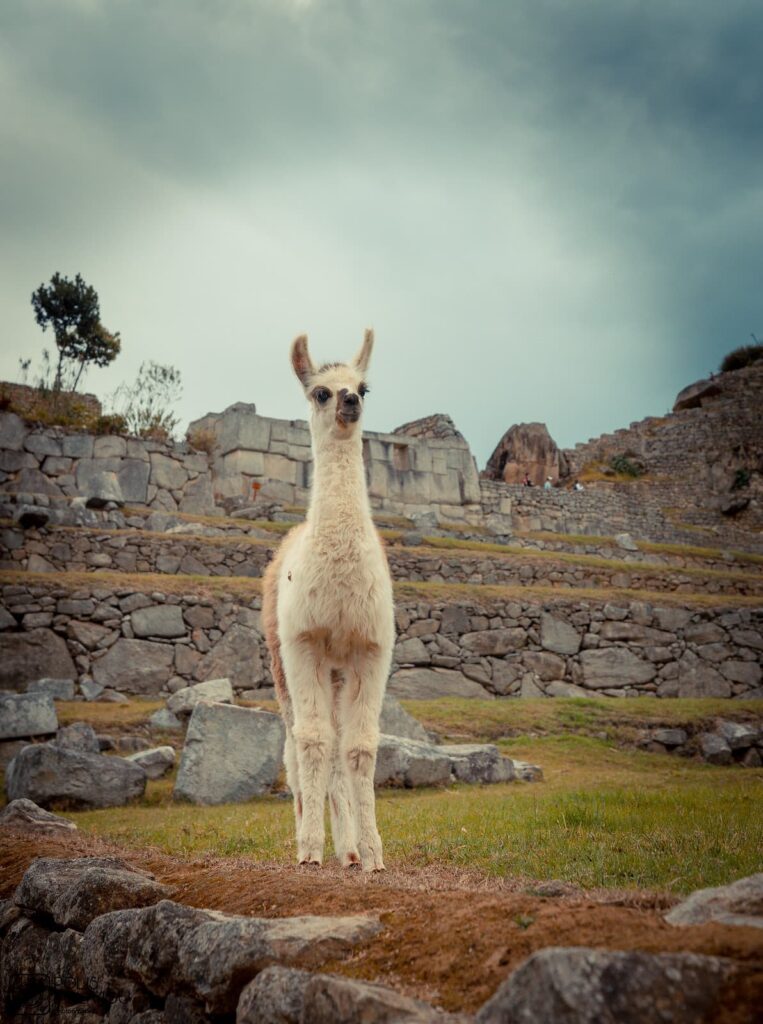
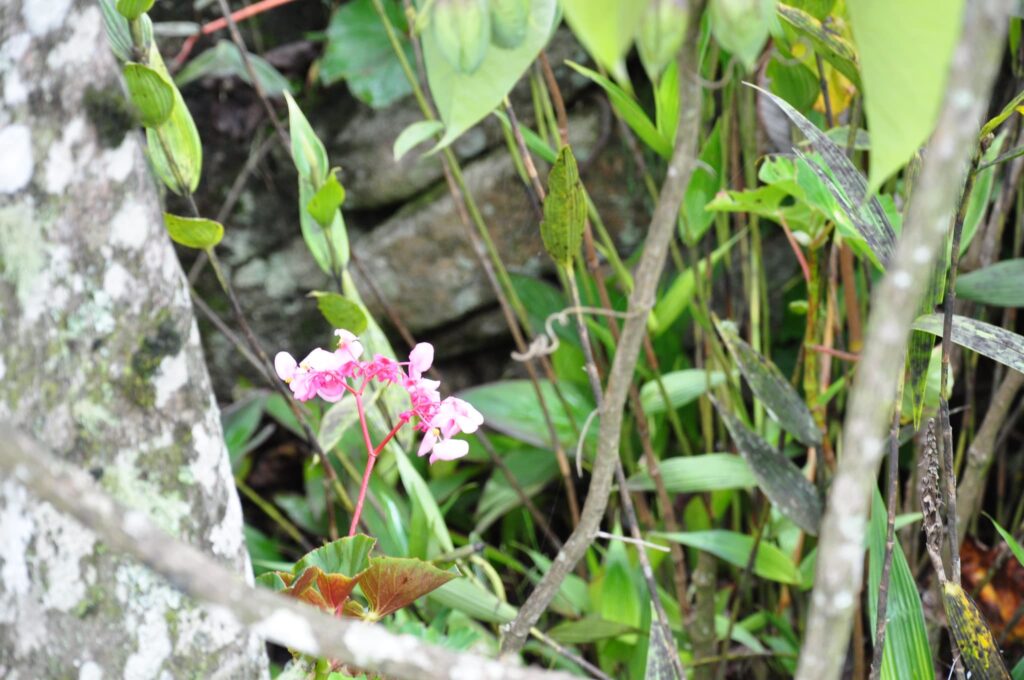
Flora
- Orchids: An Andean flower with vibrant colors and patterns with a wide variety of species found all around the cloud forest region of the Andes.
- Queñual: A tall shrub reaching 20 meters, there are 14 different species of queñual in Peru. You can spot this shrub on the first day of the Inca trail
- Schinus Mole: A medium sized shrub reaching 8 meters said to have healing properties. This shrub is the most cultivated in the Andes
- Puya: A large slow growing plant with a giant tower like flower, this plant can take 150 years to flower
Fauna
- Cock of the rock: Vibrant red bird commonly found in jungle regions. The Peruvian national bird.
- Spectacle Bear: Also called Andean Bear an elusive creature with distinctive facial markings
- Puma: referred to as mountain lion and many other names the puma is native to all the mountainous regions in the continent
- Andean Condor: One of the most sacred animals in Incan theology this bird is believed to take the spirits of the Inca into the spirit realm upon death

